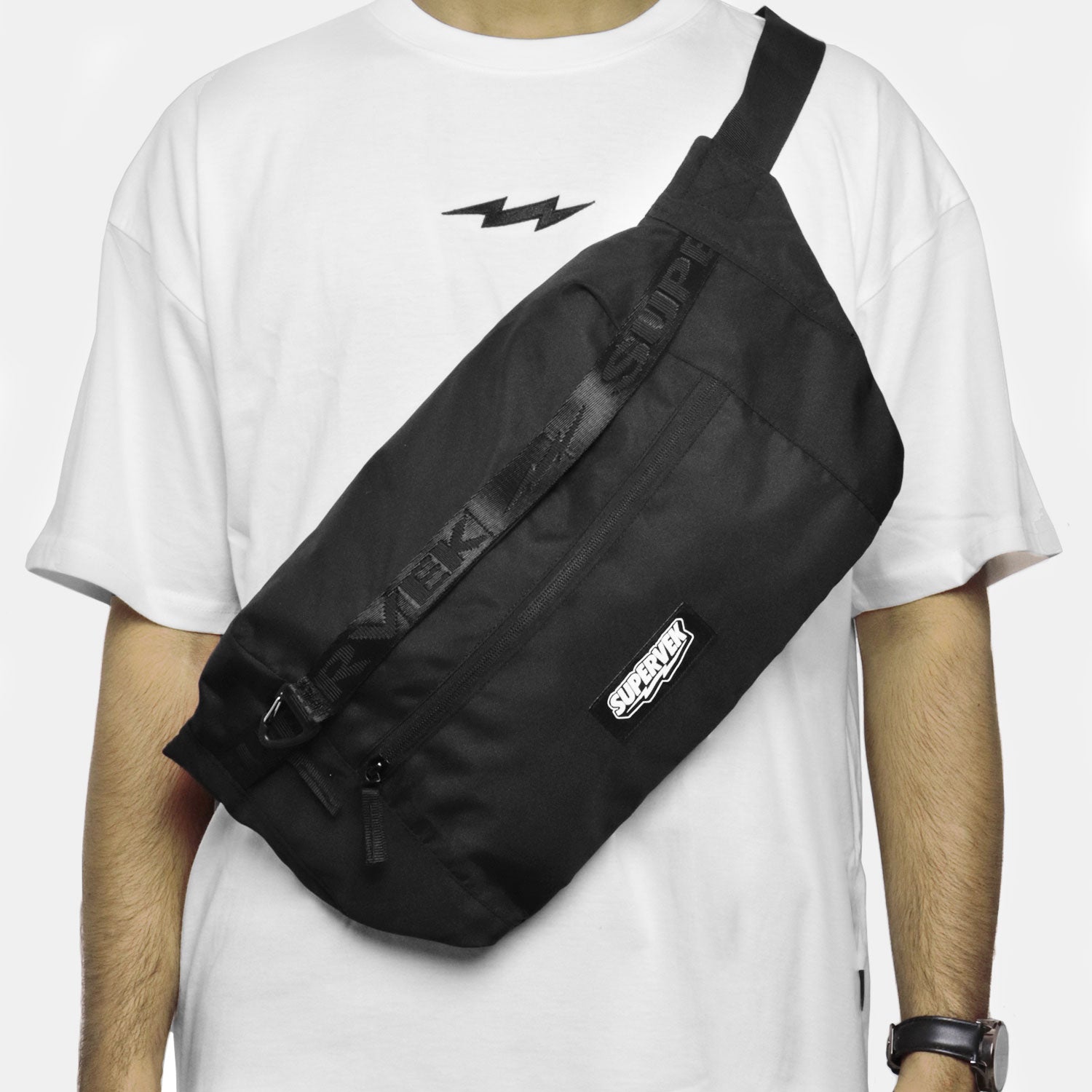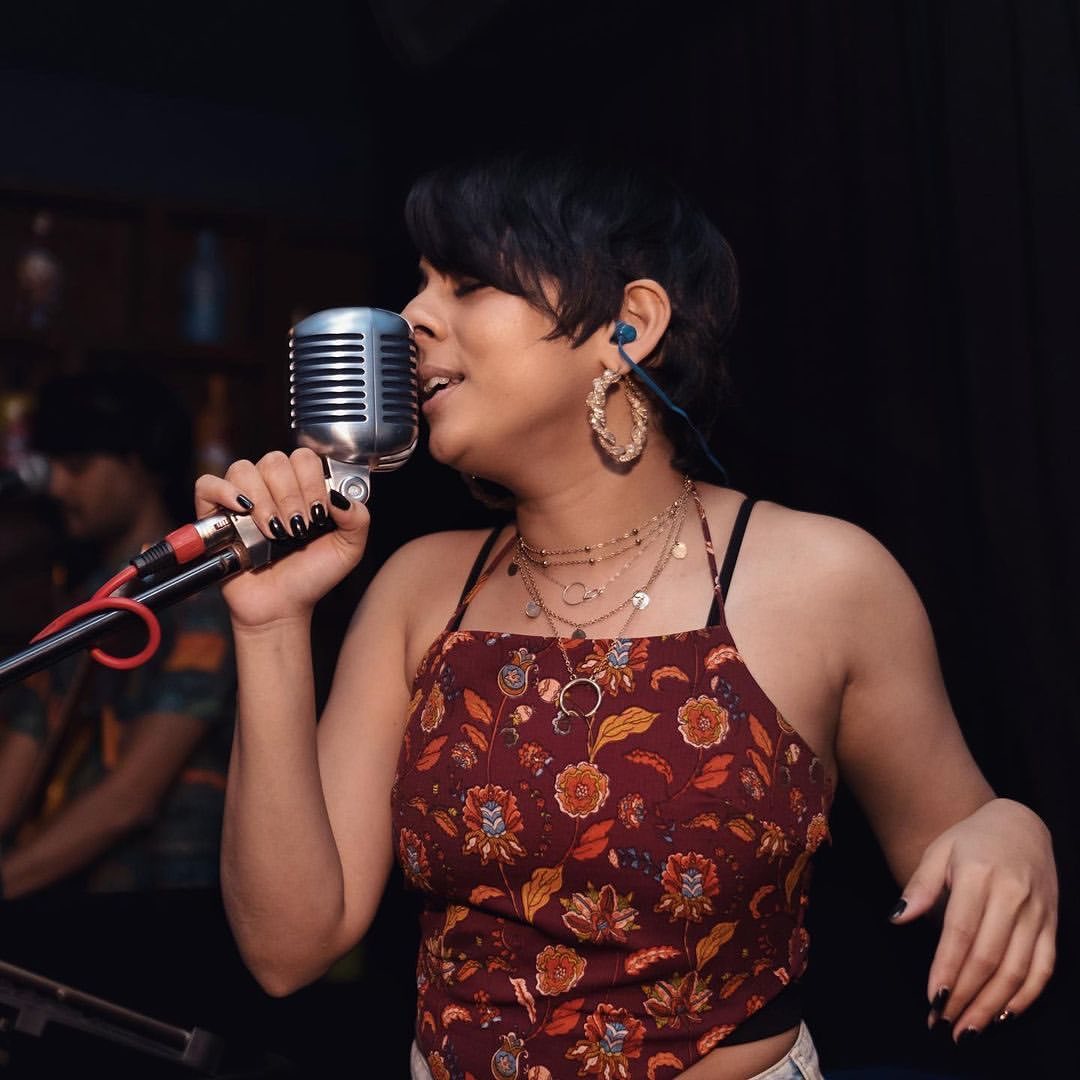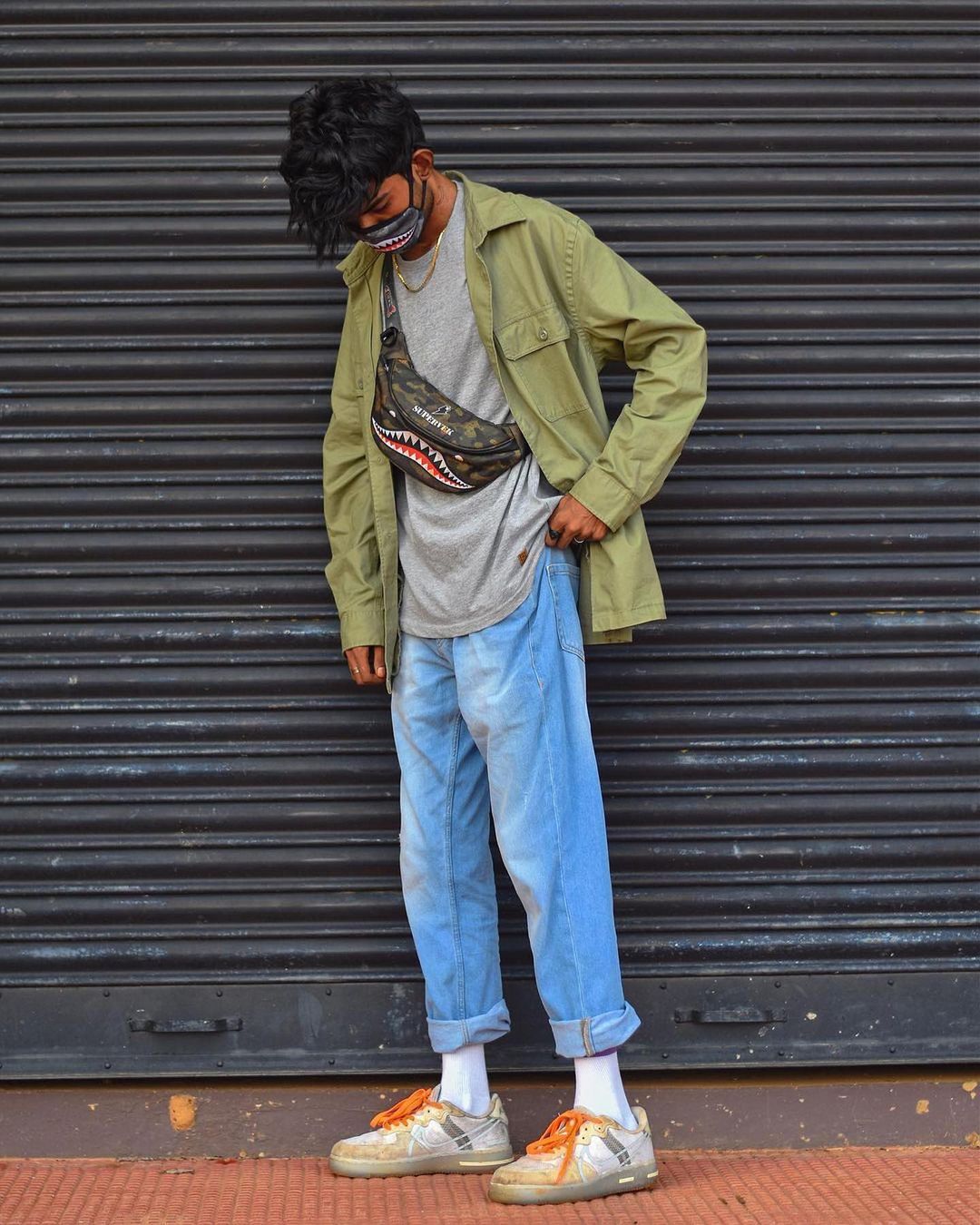“One should either be a work of art or wear a work of art,” said the famously flamboyant Oscar Wilde, who loved nothing more than to lounge in a silk paisley smoking jacket and cravat. This apparently immortal print has been enjoying yet another peak of fashionability – the catwalks of London, New York, Milan and Paris have all seen a flash of it in recent seasons.
In 2022, Paisley Bandanas are definitely having a moment. From festival fashion to Super Bowl spectacles, bandanas have been EVERYWHERE over the past few years – and the trend shows no signs of slowing down. And why would it? These versatile pieces of colorful cloth are far from a fad, boasting a nearly 300-year history of form, fashion, and function.
Bandana vs Paisley
The word bandana stems from the Hindi words 'bāndhnū,' or "tie-dyeing," and 'bāndhnā,' "to tie." In the 18th and 19th centuries bandanas were frequently known as bandannoes.
Bandanas are usually one block color with a contrasting printed pattern, often of the paisley variety—a pattern that originated in ancient Persia (present-day Iran) and is traditionally made up of elegant ‘teardrops’ and other decorative shapes. While paisley is the most commonly used motif, bandanas often feature other patterns or printed images.
How is Bandana made?
Patterns and images are applied to bandanas through the following methods:
Discharge printing – This method involves a treating a dyed pieced of cloth with a color-destroying agent (such as chlorine), which bleaches a pattern onto the cloth.
Screen printing – A process in which a mesh stencil stretched over a large ‘screen’ is used to transfer ink onto the fabric.
Resist dyeing – The cloth is treated with a solution before being dipped into the dye, and that solution prevents the treated areas from reacting with the dye, forming a contrasting pattern or sequence.
Supervek's digitally printed bandanas are truly revolutionary in the bandana fashion world. We print directly to our merch, there are no limits to the number of colors that can be printed to create your gear.
This means that the possibilities are endless when you want a full color print that exceeds the limitations of screen printed bandanas. With digitally printed bandanas, we create an off the edge designed bandana making it a full bleed bandana print. We believe digital bandanas are the waive of the future and we are proud to have added it to our custom bandana options.
Bandana Origins (Late 17th Century – Late 18th Century)
The bandana, as it is commonly known today (printed colors and patterns on square cotton fabric), traces its origins back to the late 17th century in the Middle East and Southern Asia. In fact, even the word “bandana” is thought to come from either Hindi or Urdu, both in which the word "bāṅdhnū" loosely translates as a tied or bound cloth. It was in this region that the black printing processes emerged. It involved pressing pre-carved blocks into small pieces of woven fabrics, infusing them with the earliest dyes made from indigenous plants and materials.
It wasn’t only used for clothing, but for the famous Persian carpets, that nowadays are the most valued in the world. After producing clothing and carpets with this pattern, the commercialization extended to India, strongly taking roots in Kashmir.
This country’s northern region got famous around the world thanks to its printed pashminas, that in the 18th Century the East India Company public workers introduced in Europe. The great popularity that provoked didn’t take long to arrive, and the European got seduced by the softness and design of these clothes.
The name Paisley that refers to their pattern, isn’t casual, and has an historic reason that took place during Napoleonic Wars. In this dificult period, exports to United Kingdom were blocked, and an Edinburger textile trader, desperate by not receiving on time his cashmere scarfs with Paisley pattern, had a brilliant initiative.
But we know what happens with the crisis: the need sharpens the ingenuity and creativity. In this case, the trader called Paterson asked the weavers from Scotland’s city Paisley to reproduce that pattern, with so much success that nowadays, this bandana or scarf has the Scottish name.
Rest of the history is easy to deduce: Paisley bandanas ended crossing the Atlantic and arrived to North America. In those days exploring the Far West was on its peak and the Paisley print became the most popular pattern for the bandanas used by the cowboys. They mainly worn them at their faces to protect against the dust, wind and sun, besides to prevent being recognized when convenient, what wasn’t unusual.
Those cowboys could barely imagine that their favorite bandana was setting a trend, and would go a long way in future generations fashion.
“Paisley has been a popular motif in fashion for centuries,” Jeremy Langmead, brand-and-content director of luxury menswear e-tailer Mr Porter , and especially in the West following the hippie-inspired styles of the 1960s and 1970s, which have been having a resurgence of late with brands such as Saint Laurent, Burberry and Gucci adopting paisley"

Burberry Prorsum Paisley Print Quilted Trench Coat
So, why have Paisley bandanas withstood the test of time?
So what is behind paisley’s incredible longevity? Its symbolic power has probably played a part. The original Persian droplet-like motif – the boteh or buta – is thought to have been a representation of a floral spray combined with a cypress tree, a Zoroastrian symbol of life and eternity. The seed-like shape is also thought to represent fertility, has connections with Hinduism, and also bears an intriguing resemblance to the famous yin-yang symbol. It is still a hugely popular motif in Iran and South and Central Asian countries and is woven using silver and gold threads on to silks and fine wools for weddings and other celebrations.
Paisley in street fashion
In the fashion world, the bandana can be co-opted for nearly anything. In 2017, at the onset of the fashion week season and under the hashtag #TiedTogether, The Business of Fashion encouraged designers, journalists, and influencers to wear a white bandana as "a sign to the world that you believe in the common bonds of humankind — regardless of race, sexuality, gender, or religion."
Tommy Hilfiger responded by sending every model wearing its Americana-themed Spring 2017 ready-to-wear collection down the runway with a white bandana tied around their wrist, and Raf Simons even issued a white bandana as the show invitation for his debut Fall 2017 collection as chief creative officer of Calvin Klein.

In music, hip-hop style icon A$AP Rocky's trusty yellow bandana (most recently seen at Tyler, the Creator's Camp Flog Gnaw Carnival) pops up so often it even has its own Twitter account.

For a time to now, top fashion brands collections bet on Paisley prints and the most noted influencers didn’t hesitate making them a trend.
Bandanas are the most representative accessory from Paisley pattern, easy to wear and combine with any style. They provide a becoming touch to any look, they are unisex and can we worn during the whole year. At the neck, head, wrist, laced to our handbag or strategically placed in a pocket, a bandana constitutes one of those details that makes a difference.





